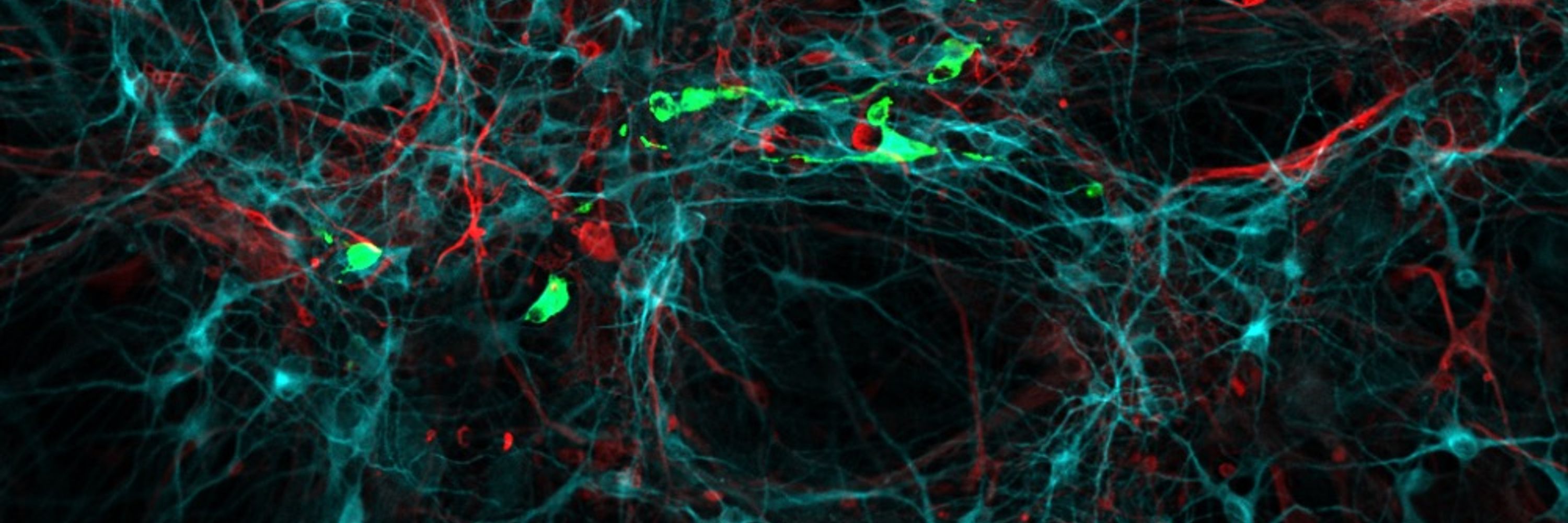
Opinions and Typos are my own!

Here we have evidence that NPEV compromise neurotransmission 👇
doi.org/10.1101/2025...


www.werkenbijerasmusmc.nl/en/vacancy/1...

www.agriculture.gov.au/about/news/s...


www.agriculture.gov.au/about/news/s...
www.linkedin.com/in/shannon-v...
www.linkedin.com/in/shannon-v...

Well done #RielScience Team🧪🦠🔬🎉.
Find👇 a guide through the project
Here we have evidence that NPEV compromise neurotransmission 👇
doi.org/10.1101/2025...

Well done #RielScience Team🧪🦠🔬🎉.
Find👇 a guide through the project
Here we have evidence that NPEV compromise neurotransmission 👇
doi.org/10.1101/2025...

Here we have evidence that NPEV compromise neurotransmission 👇
doi.org/10.1101/2025...
"Non-polio enteroviruses compromise the electrophysiology of a human iPSC-derived neural network"
www.biorxiv.org/content/10.1...
Happy we could help out with some reagents, some of which were generated by our Erasmus+ summer intern Auriane.

"Non-polio enteroviruses compromise the electrophysiology of a human iPSC-derived neural network"
www.biorxiv.org/content/10.1...
Happy we could help out with some reagents, some of which were generated by our Erasmus+ summer intern Auriane.
📖Science literacy education
🔬Transparency about science's capabilities and limitations
🧑🔬Take science communication serious
www.nature.com/articles/s41...

📖Science literacy education
🔬Transparency about science's capabilities and limitations
🧑🔬Take science communication serious
www.nature.com/articles/s41...
Open #PhDposition in structural virology in my group! Join us in Umeå, Sweden to uncover how arboviruses remodel infected cells. In situ #cryoET and #cryoEM combined with #virology, #cellbiology, and #biophysics.
Deadline 7 September. More info: www.carlsonlab.se/join/
Open #PhDposition in structural virology in my group! Join us in Umeå, Sweden to uncover how arboviruses remodel infected cells. In situ #cryoET and #cryoEM combined with #virology, #cellbiology, and #biophysics.
Deadline 7 September. More info: www.carlsonlab.se/join/

www.sciencedirect.com/science/arti...

www.sciencedirect.com/science/arti...
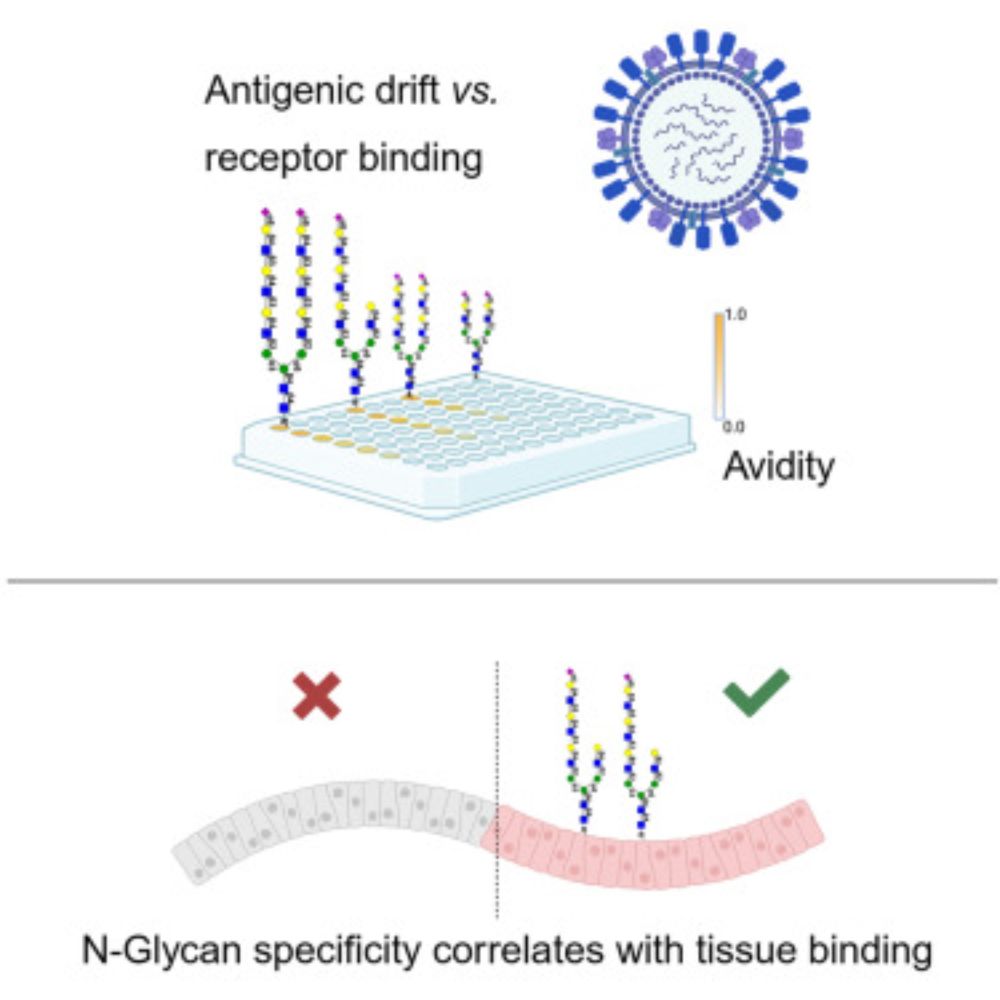
By combining #cryoEM with #AlphaFold3 modelling, we propose that norovirus NS3 forms a transmembrane RNA translocase.
This could have big implications for our understanding of viral replication & assembly (🧵)
www.biorxiv.org/content/10.1...
By combining #cryoEM with #AlphaFold3 modelling, we propose that norovirus NS3 forms a transmembrane RNA translocase.
This could have big implications for our understanding of viral replication & assembly (🧵)
www.biorxiv.org/content/10.1...
pubs.acs.org/doi/10.1021/...
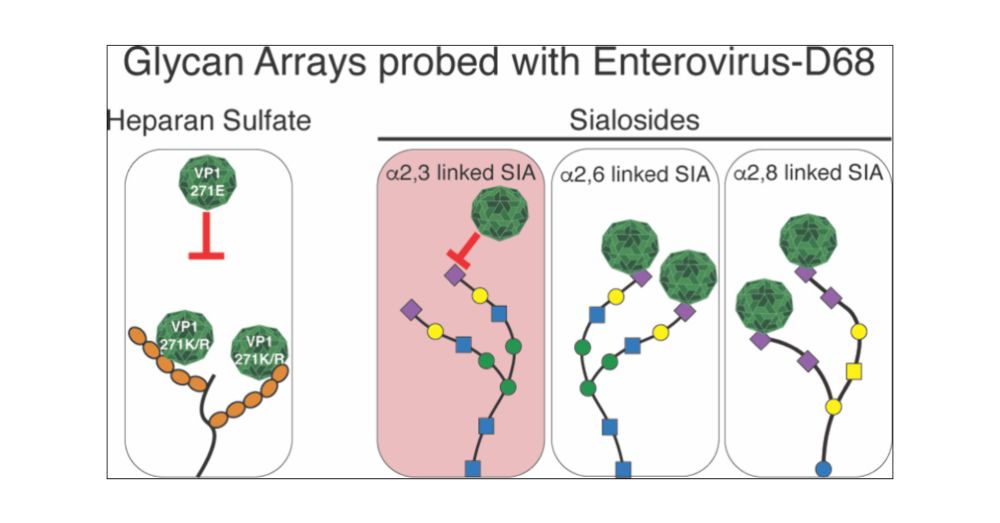
pubs.acs.org/doi/10.1021/...
www.nature.com/articles/s41...
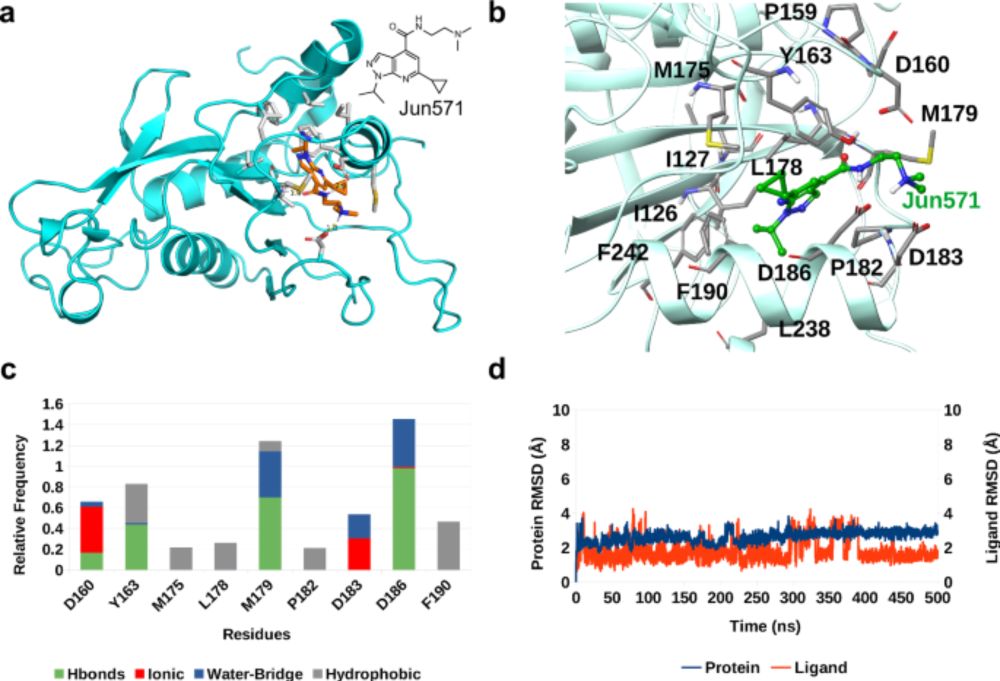
www.nature.com/articles/s41...
www.researchsquare.com/article/rs-6...
www.researchsquare.com/article/rs-6...

www.biorxiv.org/content/10.1...
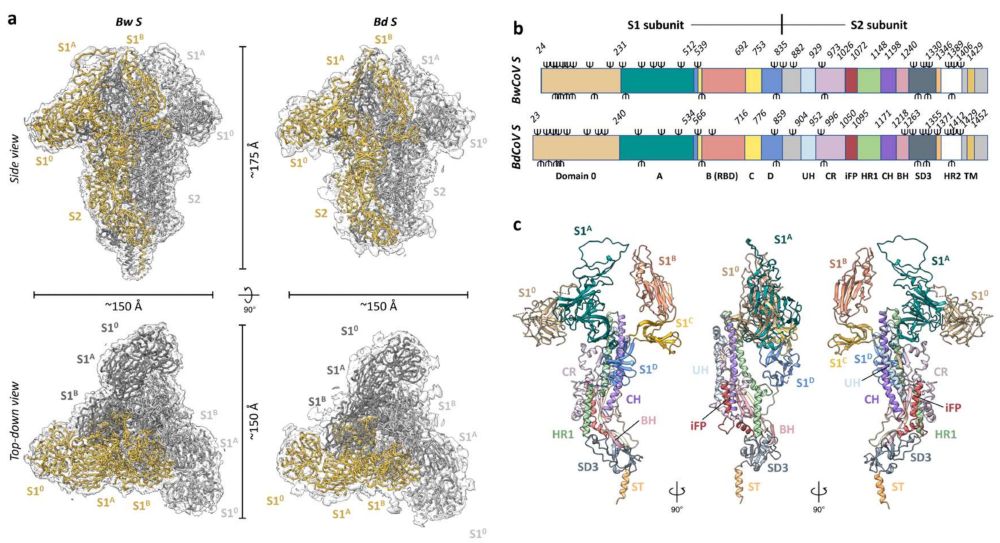
www.biorxiv.org/content/10.1...
Our latest preprint dives into the highly unusual spikes of marine mammal coronaviruses.
www.biorxiv.org/content/10.1...
This #cryoEM study was led by @viralfusion.bsky.social, with key contributions from an amazing team.
Our latest preprint dives into the highly unusual spikes of marine mammal coronaviruses.
www.biorxiv.org/content/10.1...
This #cryoEM study was led by @viralfusion.bsky.social, with key contributions from an amazing team.


